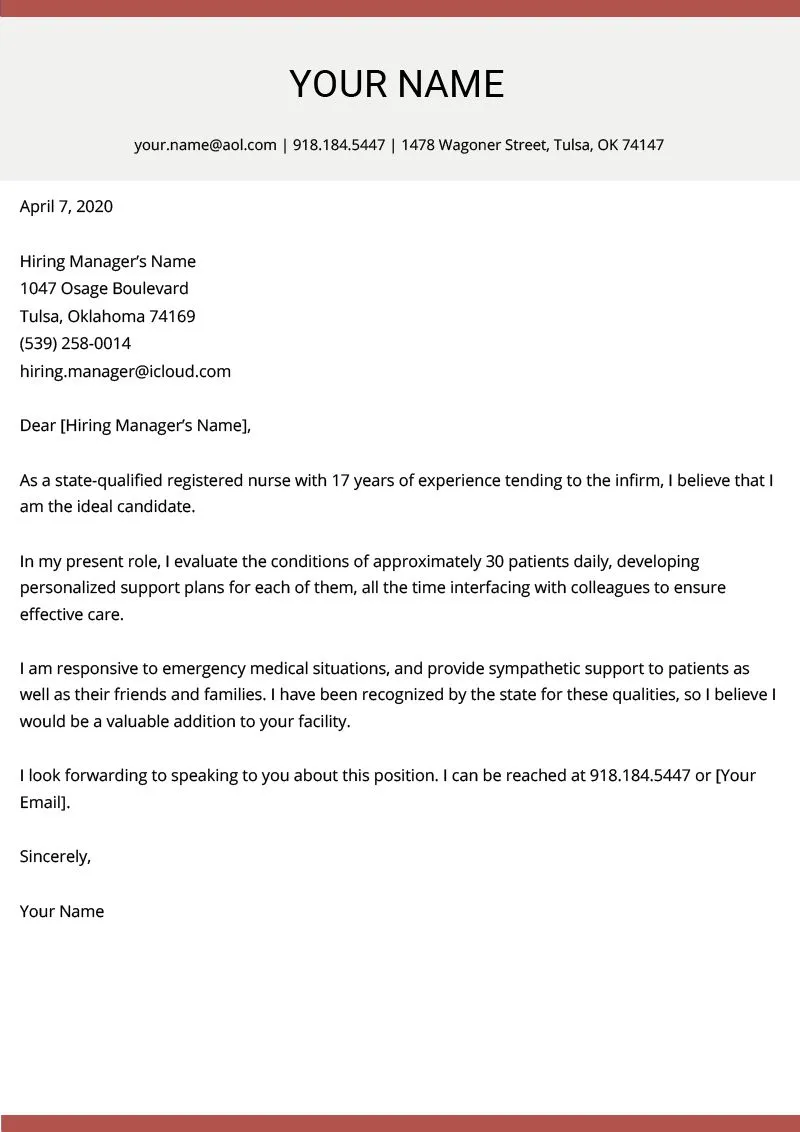What is a Job Cover Letter
A job cover letter is a crucial document that accompanies your resume when applying for a job. It serves as your first introduction to a potential employer, providing a concise overview of your qualifications, skills, and experience. Unlike a resume, which offers a factual summary, a cover letter allows you to express your personality, enthusiasm, and specific interest in the position and the company. It’s your opportunity to make a strong first impression and persuade the hiring manager to read your resume and consider you for an interview. A well-written cover letter can significantly increase your chances of getting noticed and landing an interview.
Purpose of a Cover Letter
The primary purpose of a cover letter is to introduce you to the hiring manager, highlight your most relevant qualifications, and express your interest in the specific job and company. It’s not just a rehash of your resume; instead, it’s a chance to elaborate on your key skills and experiences, demonstrating how they align with the job requirements and the company’s needs. A well-crafted cover letter can demonstrate your understanding of the role, your passion for the field, and your knowledge of the company’s mission and values. It also allows you to address any potential gaps in your resume or explain career changes, providing context that a resume alone cannot convey.
Why is a Cover Letter Important?
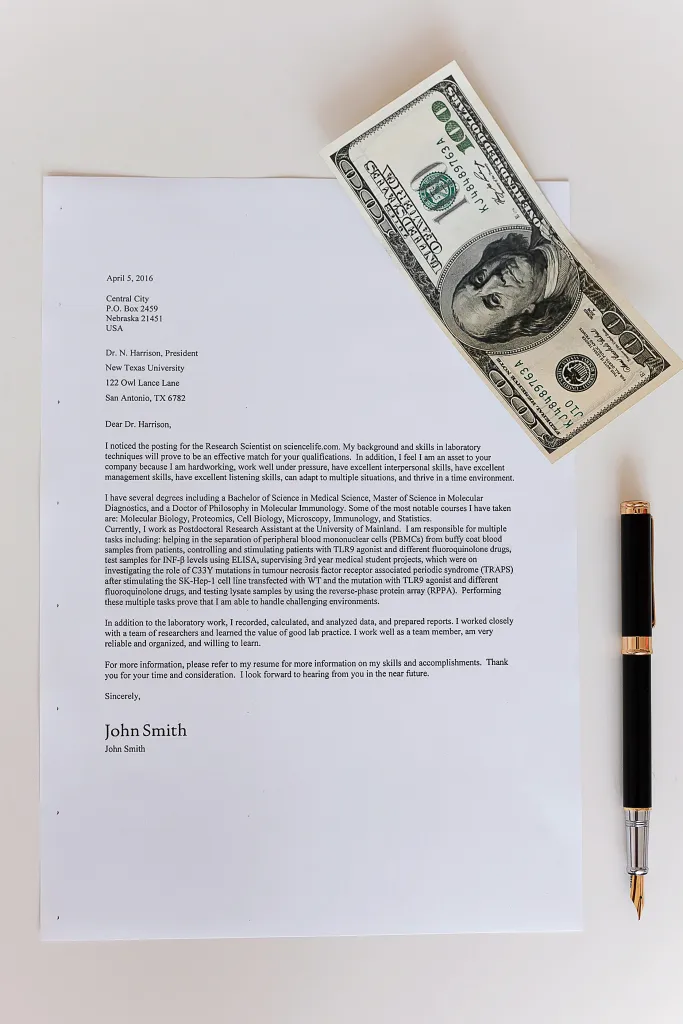
A cover letter is incredibly important for several reasons. First, it provides a personalized introduction, allowing you to connect with the hiring manager on a more personal level than a resume alone. Second, it allows you to tailor your application to the specific job and company, showing that you’ve taken the time to understand their needs and how you can contribute. Third, it demonstrates your communication skills, a critical asset in almost any role. Fourth, it helps you stand out from other applicants by showcasing your enthusiasm and personality. Finally, many companies still require or highly value cover letters, and omitting one could immediately disqualify you from consideration.
Key Components of a Job Cover Letter
Header Section
The header of your cover letter should include your contact information, the date, and the employer’s contact information (if known). Your contact details should be at the top left, while the employer’s information (hiring manager’s name, title, company name, and address) goes on the top right or below your details. Ensure that the contact information is accurate and up-to-date. The date should be the date you are sending the letter. This is a standard element that adds a professional touch and makes it easy for the recipient to contact you. Proper formatting of the header sets a professional tone from the very beginning.
Personal Greeting
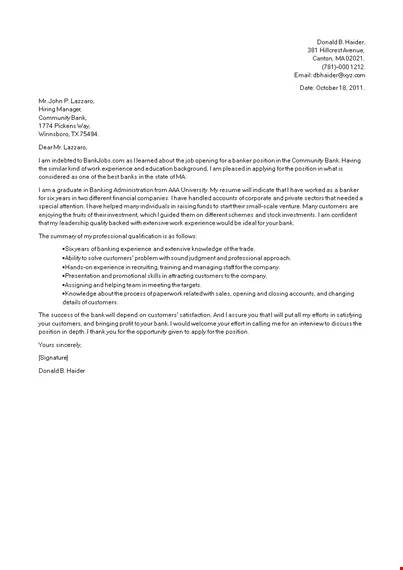
Address the hiring manager by name whenever possible. Research the company website or LinkedIn to find the name of the hiring manager or the person in charge of hiring. A personalized greeting, such as “Dear Mr./Ms. [Last Name],” is far more effective than a generic greeting like “To Whom It May Concern.” If you cannot find a specific name, use a more general greeting, such as “Dear Hiring Manager.” A personalized greeting demonstrates that you have done your research and are genuinely interested in the position. This simple step makes a significant difference in making a positive impression.
Opening Paragraph
The opening paragraph should immediately capture the reader’s attention. Start by stating the position you’re applying for and where you saw the job posting. Then, briefly explain why you are interested in the role and the company. This is your chance to grab their interest. Be direct, enthusiastic, and specific. For example, “I am writing to express my interest in the Marketing Manager position at [Company Name], as advertised on [Platform].” Mention a key skill or achievement in the opening that aligns directly with the job requirements to create an immediate connection and keep the reader engaged.
Body Paragraphs
The body paragraphs are where you sell yourself. Focus on demonstrating how your skills, experience, and achievements align with the job requirements. Use specific examples to illustrate your capabilities and quantify your accomplishments whenever possible. Each paragraph should address a specific requirement or responsibility mentioned in the job description. Tailor your content to show that you understand the company’s needs and can offer solutions. The body of the letter should be well-structured and easy to follow, with clear and concise language.
Highlighting Skills and Experience
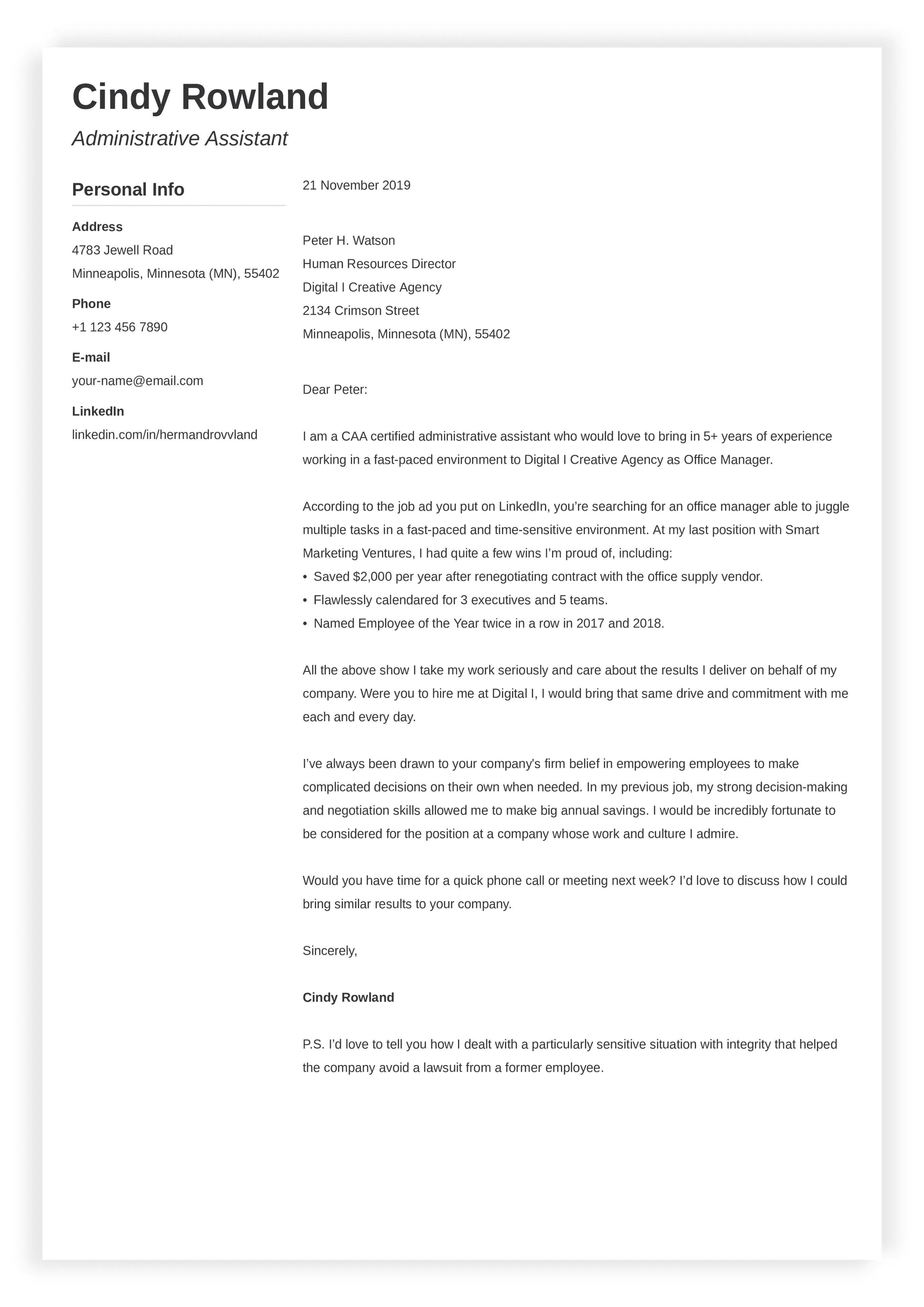
When highlighting your skills and experience, focus on the most relevant aspects for the job you’re applying for. Review the job description carefully and identify the key skills and requirements the employer is looking for. Then, describe how your experience has prepared you to meet these demands. Use action verbs to describe your responsibilities and achievements. Provide concrete examples of how you have utilized your skills in past roles. For instance, instead of saying “I am proficient in project management,” write “Managed multiple projects simultaneously, delivering them on time and under budget, resulting in a 15% increase in efficiency.” This specificity adds credibility and shows the value you can bring.
Showcasing Achievements
Showcasing your achievements is crucial to making a strong impression. Instead of just listing your duties, quantify your accomplishments and demonstrate the positive impact you made in previous roles. Use the STAR method (Situation, Task, Action, Result) to structure your examples. Describe the situation you were in, the task you were assigned, the actions you took, and the results you achieved. For example, “In my previous role, I noticed that customer satisfaction scores were low (Situation). I was tasked with improving these scores (Task). I implemented a new customer feedback system and training program (Action). As a result, customer satisfaction scores increased by 20% within six months (Result).” Highlighting achievements proves your value and ability to deliver results.
Closing Paragraph
The closing paragraph should reiterate your interest in the position and summarize why you are a good fit. Reiterate your key qualifications and express your enthusiasm for the opportunity. Thank the hiring manager for their time and consideration. Keep it brief, professional, and confident. Avoid overly enthusiastic language, but show your genuine interest. A strong closing paragraph reinforces your key points and leaves the reader with a lasting positive impression. State that you are eager to discuss your qualifications further in an interview.
Call to Action

Include a clear call to action in your closing paragraph. Express your availability for an interview and provide your contact information again. State that you look forward to hearing from them soon. Make it easy for the hiring manager to take the next step. It can be as simple as: “I am available for an interview at your earliest convenience and can be reached at [Phone Number] or [Email Address].” A clear call to action makes it easy for the hiring manager to respond and schedule an interview.
Formatting and Presentation
Font and Readability
Choose a professional and readable font such as Times New Roman, Arial, or Calibri. Maintain a consistent font size between 10 and 12 points for body text. Ensure the letter is well-formatted with clear spacing between paragraphs. Use a standard one-inch margin on all sides. The text should be easy to read at a glance. Avoid using excessive bolding or italics. Keep the letter concise and easy to follow. A well-formatted cover letter demonstrates professionalism and respect for the reader’s time.
File Format and Submission
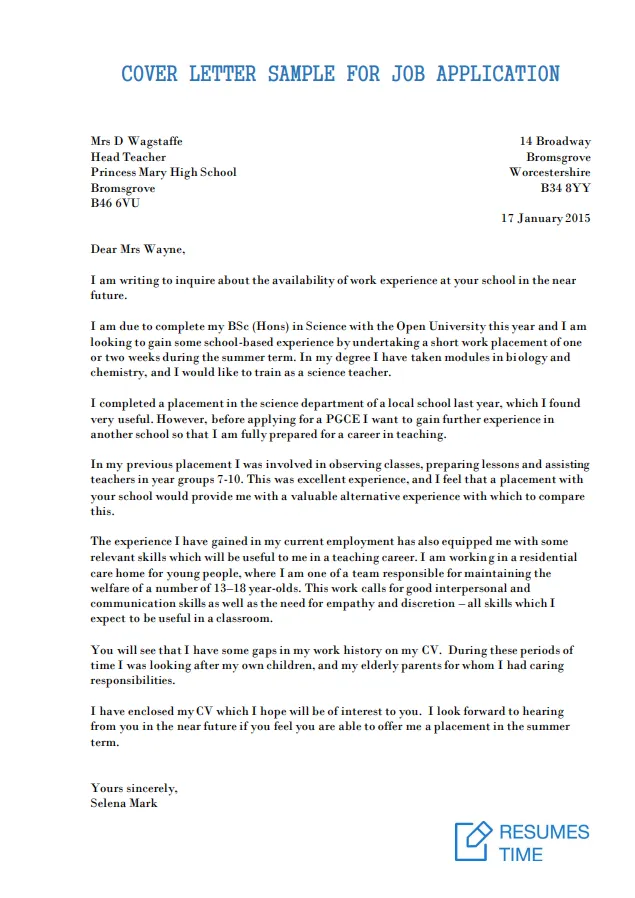
Always save your cover letter as a PDF file to preserve the formatting and ensure it looks the same on any device. PDF files are also more secure and less likely to be altered. If the job posting specifies a certain file format, follow those instructions. Before submitting, carefully review the job posting’s submission instructions. Double-check that you’re submitting the correct file and that you have followed all guidelines. Ensure that the file name is professional (e.g., “YourName_CoverLetter.pdf”).
Proofreading and Editing
Proofread your cover letter multiple times to catch any errors in grammar, spelling, and punctuation. Errors can make a bad impression and detract from your qualifications. Use a grammar and spell-checking tool, but don’t rely on it entirely. Have someone else review your letter for a fresh perspective. Reading the letter aloud can help you catch awkward phrasing or sentences that don’t flow well. A polished, error-free cover letter reflects attention to detail and professionalism.
Common Mistakes to Avoid
Grammatical Errors
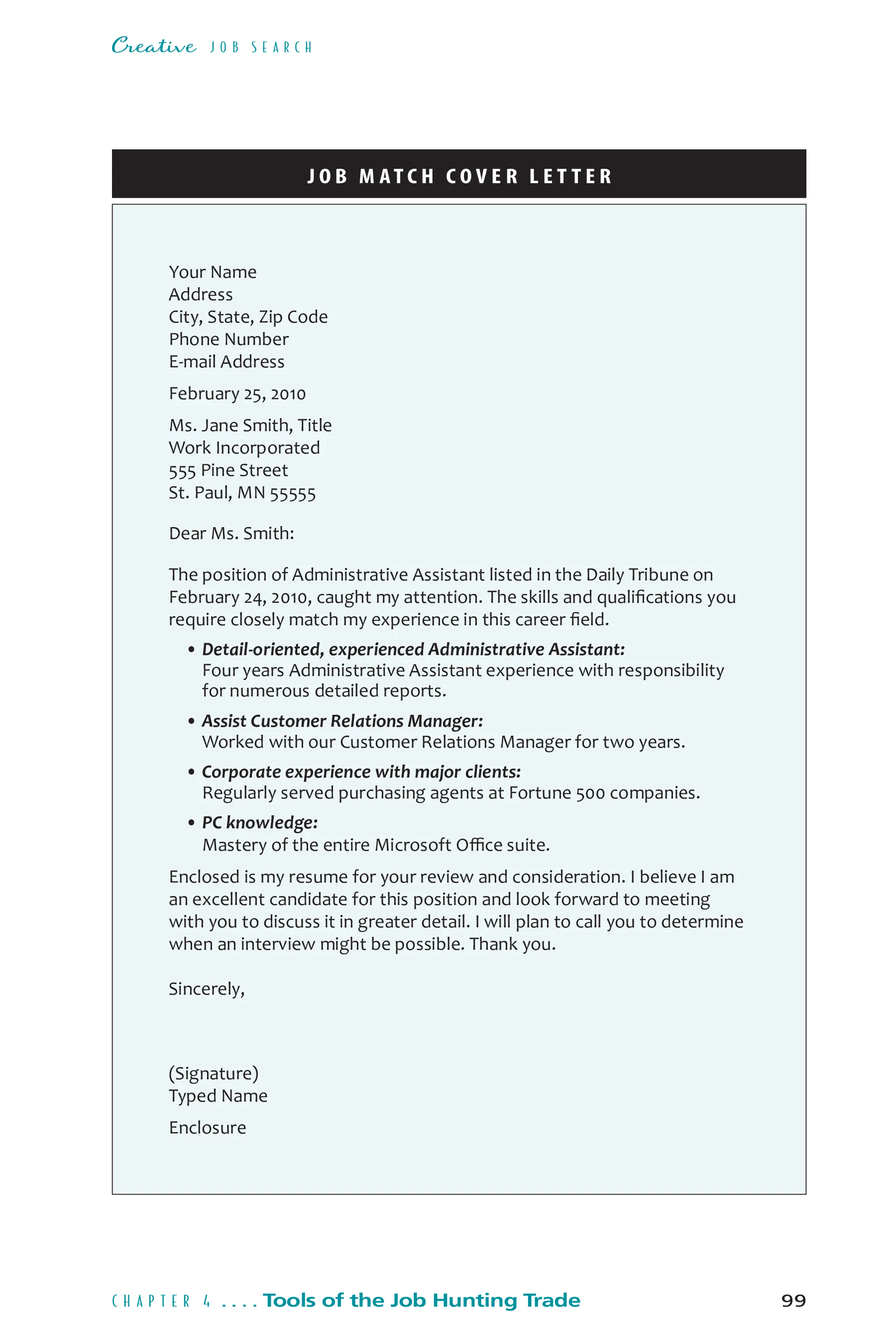
Grammatical errors, spelling mistakes, and punctuation errors can severely damage your credibility. Proofread your cover letter carefully before submitting it. These errors suggest a lack of attention to detail. Always use a spell checker, but remember that it will not catch every error. Have someone else review your letter to catch mistakes you may have missed. Avoid slang and colloquialisms. Ensure the writing is clear, concise, and professional. Errors can lead to your application being immediately rejected.
Generic Cover Letters
Avoid sending generic cover letters. Tailor your cover letter to each job you apply for. Generic letters demonstrate a lack of interest and effort. Customize your letter to highlight the specific skills and experiences the employer is looking for. Research the company and the role to demonstrate a genuine interest. Mention the company name and the hiring manager by name (if possible). Customize the language and focus to match the job description. A personalized cover letter shows that you have invested time and care in your application.
Lack of Personalization
Failing to personalize your cover letter is a common mistake. Address the hiring manager by name, if possible, and tailor your letter to the specific job and company. Avoid using a generic greeting. Show that you’ve researched the company and understand the role. Highlight the skills and experiences that align with the job requirements. Demonstrate your enthusiasm and passion for the opportunity. Personalization makes your application stand out and increases your chances of getting noticed. A personalized cover letter shows you are genuinely interested in the opportunity.
